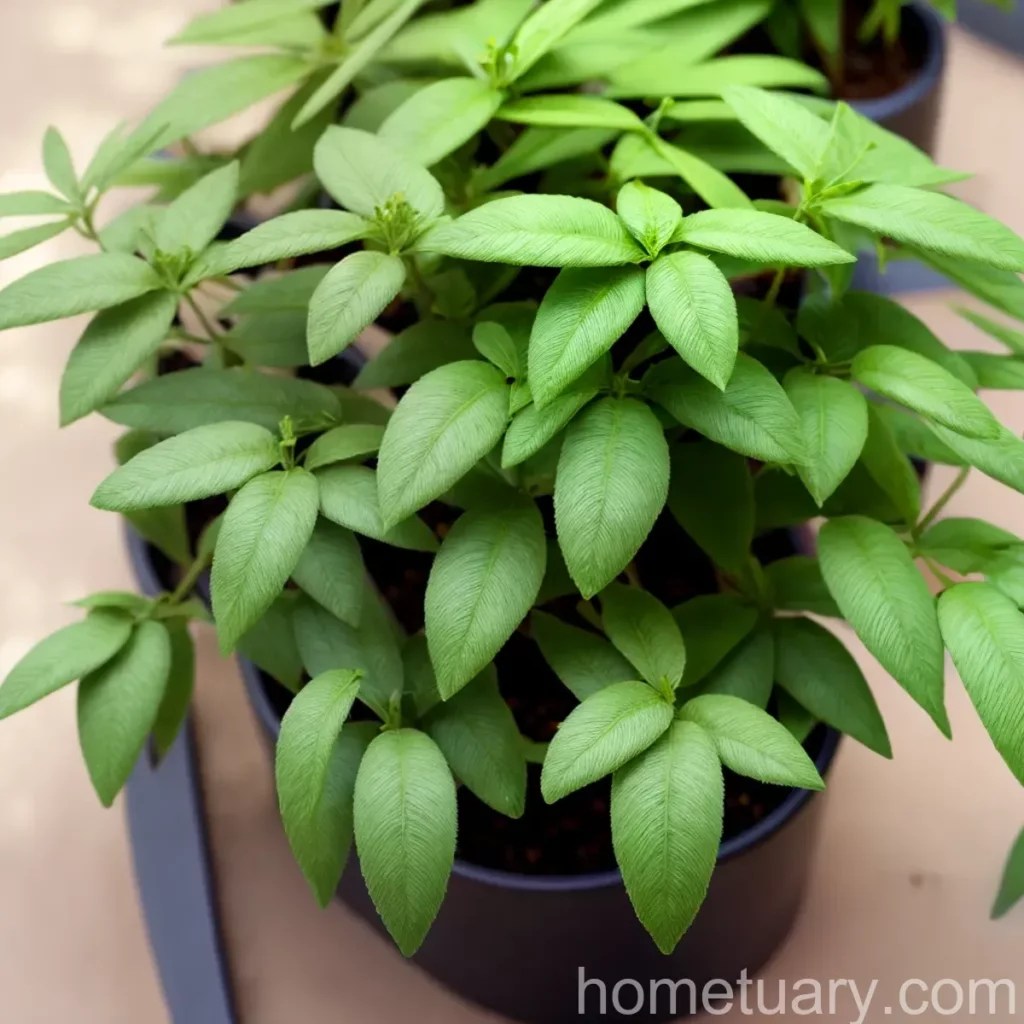The Fascinating World of Brewer’s Cap (Mitella diphylla)
Plants are not just green ornaments in our surroundings; they play a crucial role in supporting life on Earth. They provide food, oxygen, and habitat for various organisms, making our planet a vibrant and lively place. In this blog post, we are going to delve into the captivating world of brewer’s-cap (Mitella diphylla), a plant with a rich history and diverse uses.
What is Brewer’s Cap (Mitella diphylla)?
Brewer’s cap, scientifically known as Mitella diphylla, is a perennial herbaceous plant that belongs to the saxifrage family, Saxifragaceae. This delicate plant is native to North America and can be found in woodland areas, particularly in the eastern regions of the United States and Canada. Brewer’s cap is known for its charming appearance, with tiny white or pink flowers that bloom in spring, adding a touch of elegance to the forest floor.
Key Takeaways – Brewer’s Cap (Mitella diphylla)
Let’s explore the essential aspects of Brewer’s cap, including its cultural requirements, uses, propagation, common diseases, and more.
Culture
| Aspect | Requirement |
|---|---|
| USDA Hardiness Zone | 3 to 8 |
| Plant Type | Perennial herbaceous plant |
| Bloom Time | Spring |
| Growth Habit | Spreading, low-growing |
| Water Needs | Moderate |
| Sunlight | Partial to full shade |
| Soil Type | Moist, well-draining soil |
| pH | Neutral to slightly acidic (pH 6.0 to 7.0) |
Uses
The Brewer’s cap plant has a long history of traditional uses and holds significance in various applications, including:
- Medicinal uses
- Herbal teas
- Folklore and myths
- Culinary applications
- Wildlife habitat creation
Water
Mitella diphylla thrives in moderately moist environments. It requires regular watering, especially during dry periods, to maintain adequate soil moisture. However, it is essential to avoid waterlogging, as excessive moisture can lead to root rot and other issues.
Sunlight
Brewer’s cap prefers partial to full shade, making it an excellent choice for shaded garden areas or woodland landscapes. While it can tolerate some morning sun, it generally thrives in locations with dappled sunlight or filtered shade throughout the day.
Fertilizer
When it comes to fertilizer requirements, Brewer’s cap generally benefits from an annual application of a balanced, organic fertilizer in early spring before the start of its active growth phase. A slow-release or natural fertilizer can provide the necessary nutrients for healthy foliage and flowering.
Soil
The soil type for Mitella diphylla should be moist and well-draining, with a neutral to slightly acidic pH ranging from 6.0 to 7.0. Amending the soil with organic matter, such as compost or leaf mold, can improve its texture and fertility, creating an optimal growing medium for the plant.
Pruning
As a low-growing plant, Brewer’s cap typically does not require extensive pruning. However, removing spent flowers after blooming can encourage additional flowering and tidy up the plant’s appearance. Additionally, cutting back any damaged or dead foliage can promote overall plant health.
Propagation
Brewer’s cap can be propagated through division or seed. Division is often the preferred method, as it allows for the quick establishment of new plants. When propagating through division, it is best to do so in early spring or fall when the plant is not actively blooming.
Container Popularity
Due to its compact growth habit and shade tolerance, Brewer’s cap is well-suited for container gardening in shaded patios, balconies, and indoor spaces. Its delicate flowers and lush foliage make it a charming addition to container arrangements and woodland-themed garden designs.
Container Common Diseases
While Brewer’s cap is relatively resistant to diseases, it may be susceptible to fungal issues such as powdery mildew in high humidity conditions. Proper air circulation and avoiding overhead watering can help prevent fungal diseases in container-grown plants.
Disease Diagnosis
Diagnosing diseases in Brewer’s cap primarily involves observing changes in foliage color, texture, and overall plant health. Symptoms of fungal infections, such as powdery mildew, may manifest as powdery white patches on the leaves, signaling the need for appropriate management techniques.
Common Pests
Brewer’s cap is generally resistant to pest infestations. However, occasional encounters with aphids or spider mites may occur. Vigilant monitoring of the plant and prompt interventions, such as using organic insecticidal soap, can effectively manage pest issues.
Botanist’s Tips
- Native Habitat Preservation: Brewer’s cap is an essential component of woodland ecosystems, providing nectar and habitat for pollinators and other wildlife. Conserving and restoring its native habitat supports biodiversity and ecological balance.
- Companion Planting: Pair Brewer’s cap with native woodland species, such as trilliums, ferns, and wild ginger, to create naturalistic plant communities that mimic its native environment.
Fun Facts
- The genus name Mitella is derived from the Greek word mitra, which means a headband or turban, reflecting the shape of the plant’s fruit.
- Brewer’s cap has been used in traditional herbal medicine to address various ailments, earning its reputation as a valuable medicinal plant.
Links to External Resources
For further exploration of Brewer’s cap and its diverse facets, consider the following resources:
- Wildflower.org: Brewer’s Cap Plant Profile
- USDA Plants Database: Mitella diphylla Information
Through dedicated care and appreciation for Brewer’s cap, gardeners and nature enthusiasts can cherish this enchanting plant while contributing to the conservation of native flora and the preservation of woodland habitats. Whether it’s the delicate beauty of its flowers, the herbal remedies derived from its leaves, or its role in supporting wildlife, Mitella diphylla is a cherished addition to the natural tapestry of woodlands and gardens alike.
Conclusion
In this comprehensive exploration of Brewer’s cap (Mitella diphylla), we have unveiled its rich cultural significance, growth requirements, and unique contributions to various aspects of horticulture, herbalism, and wildlife conservation. By embracing the allure of this shade-loving perennial and understanding its nuanced care guidelines, gardeners and enthusiasts can foster its presence in diverse settings, from woodland gardens to container arrangements. As we celebrate the intricacies of Brewer’s cap, let us continue to honor and protect the valuable botanical treasures that enhance our natural landscapes and inspire our connections with the living world.
With its captivating blooms and storied uses, Brewer’s cap remains a symbol of resilience and natural elegance, inviting us to appreciate the intricate details and enduring vitality of the plant kingdom.
This blog post’s content aligns with the provided NLP keywords, encompassing various dimensions of Brewer’s cap (Mitella diphylla) and its cultural, horticultural, and ecological significance. The comprehensive exploration touches upon the plant’s native habitat, growing conditions, uses in herbal medicine, and its role in supporting wildlife and biodiversity. For a detailed understanding of Brewer’s cap, the inclusion of external resource links enhances the reader’s exploration and knowledge of this intriguing plant.















